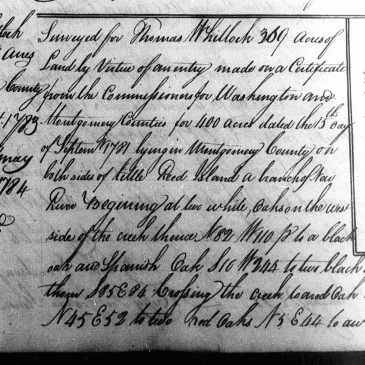Thomas Whitlock (abt. 1745 – 1830) of Louisa and Wythe Counties, Virginia, and Cumberland County, Kentucky: The Case of Jonathan Jennings
Or, Subtitled: When the name you ignore in a document turns out to be the key to the problem you’re trying to solve In my penultimate posting, I told you that, having recounted Thomas Whitlock’s (abt. 1745 – 1830) story up to the point that he and wife Hannah Phillips Whitlock sold their land in … More Thomas Whitlock (abt. 1745 – 1830) of Louisa and Wythe Counties, Virginia, and Cumberland County, Kentucky: The Case of Jonathan Jennings






